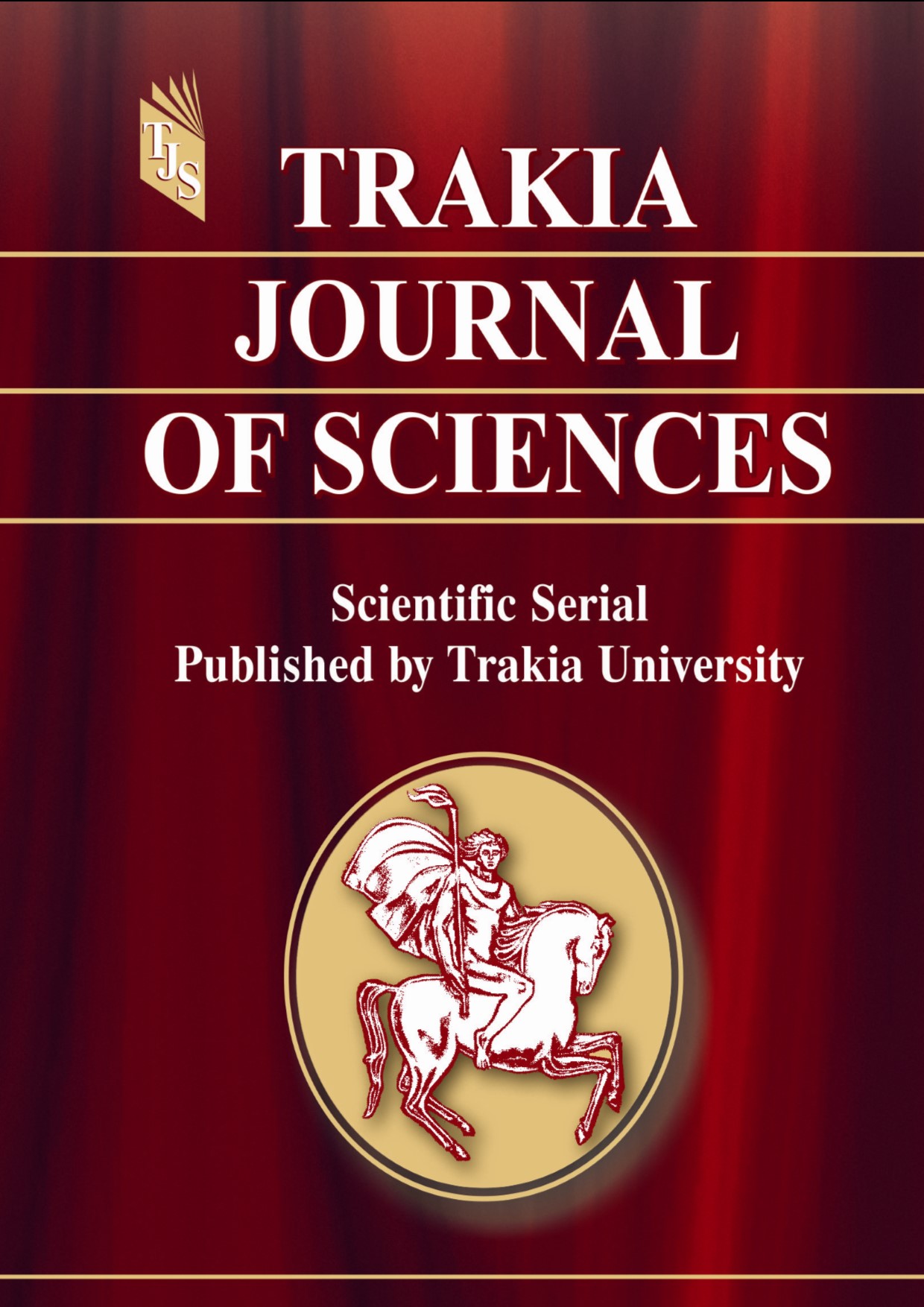TRENDS IN USE OF RAPID DIAGNOSTIC TESTS
DOI:
https://doi.org/10.15547/tjs.2025.01.005Keywords:
sensors, awareness, use, diagnosticsAbstract
INTRODUCTION: Laboratory diagnostics worldwide is changing daily. Digitizing it by introducing sensors and new rapid diagnostic tests plays an important role in protecting public health. There is still a lack of widespread use of these types of sensors and tests in Bulgaria.
The aim of this study was to establish the level of awareness and frequency of use of rapid tests.
MATERIALS: The study used a documentary method comprising a systematic review of scientific publications from medical journals published in electronic databases such as PubMed, Scopus, Web of Science, etc. in the studied field. Sociological methods were used by anonymous survey among 980 respondents to explore the opinion of users of rapid tests and sensors for laboratory parameters. The study covers the period October 2018 - February 2019 and November - December 2024. MS Office Excel package and ANOVA statistical method were used for data processing. RESULTS: We investigated the use of rapid tests and devices for determination of laboratory indices, and found that the predominant users of monthly tests were 73.5%, only 1-2 times a year occupying a relative share of 16.3%, and the users who self-tested weekly were 10.2%.
The survey data showed the largest difference in the use of rapid tests for influenza (2018-2019 3.20%/2024 jumped to 25%) and COVID (2018-2019 3.20%/2024 jumped to 32%) followed by tests used for glucose testing and glucometer and sensor supplies. Pregnancy test use also increased to 23.3%, other tests roughly maintained their use over the studied period. CONCLUSION: Globally, the consumption of sensors and rapid diagnostic tests is a growing trend due to the dynamics of viral diseases, aging population and centralization of healthcare. The use of rapid diagnostic tests in Bulgaria is projected to continue to increase, especially in the context of greater availability of technology and in response to pandemic or epidemic threats. Rapid diagnostics are expected to become more prevalent not only in hospitals and healthcare settings, but also in other public and corporate spheres as part of efforts to prevent the spread of disease and improve public health.
References
Džermeikaitė K, Bačėninaitė D, Antanaitis R. Innovations in Cattle Farming: Application of Innovative Technologies and Sensors in the Diagnosis of Diseases. Animals (Basel).;13(5):780, 2023.
Dhar BC. Diagnostic assay and technology advancement for detecting SARS-CoV-2 infections causing the COVID-19 pandemic. Anal Bioanal Chem.;414(9):2903-2934, 2022.
Shang M, Guo J, Guo J. Point-of-care testing of infectious diseases: recent advances. Sens Diagn., 2(5):1123–44, 2023.
Hou Y, Lv CC, Guo YL, et al. Recent Advances and Applications in Paper-Based Devices for Point-of-Care Testing. J Anal Test., 6(3):247-273, 2022.
Xing G, Ai J,Wang N, Pu Q. Recent progress of smartphone-assisted microfluidic sensors for point of care testing. Trends in Analytical Chemistry 157:116792, 2022.
Zhang M, Cui X, Li N. Smartphone-based mobile biosensors for the point-of-care testing of human metabolites. Mater Today Bio., 14:100254, 2022.
Castelli FA, Rosati G, Moguet C, et al. Metabolomics for personalized medicine: the input of analytical chemistry from biomarker discovery to point-of-care tests. Anal Bioanal Chem. 414(2):759-789, 2022.
Liu D, Wang Y, Li X, Li M, Wu Q, Song Y, et.al. Integrated microfluidic devices for in vitro diagnostics at point of care. Aggregate.3(5):e184, 2022.
Fernandes RS, de Oliveira Silva J, Gomes KB, et al. Recent advances in point of care testing for COVID-19 detection. Biomed Pharmacother.,153:113538, 2022.
Lu X, Du J, You M, Chen L, Xu F, Chen F. From crisis to innovation in point-of-care testing: Lessons from the COVID-19 pandemic and future directions. Trends Anal Chem.184:118131, 2025.
Cooney M, Shiomi M, Duarte EK, Vinel A. A Broad View on Robot Self-Defense: Rapid Scoping Review and Cultural Comparison. Robotics, 2(2):43, 2023.
Huang J, Xie Y, You Y, Yuan J, Xu Q, Xie H, et.al. Rational Design of Electrode Materials for Advanced Supercapacitors: From Lab Research to Commercialization. Adv Funct Mater., 33(14):2213095, 2023.
Pfotenhauer SM, Wentland A, Ruge L. Understanding regional innovation cultures: Narratives, directionality, and conservative innovation in Bavaria. Res Policy.,52(3):104704, 2023.
Dinnes J, Sharma P, Berhane S, et al. Rapid, point-of-care antigen tests for diagnosis of SARS-CoV-2 infection. Cochrane Database Syst Rev., 7(7):CD013705, 2022.
Sreepadmanabh M, Sahu AK, Chande A. COVID-19: Advances in diagnostic tools, treatent strategies, and vaccine development. J Biosci., 45(1):148, 2020.
Zhang Z, Ma P, Ahmed R, Wang J, Akin D, Soto F, et.al. Advanced Point-of-Care Testing Technologies for Human Acute Respiratory Virus Detection. Adv Mater., 34(1):2103646, 2022.
Jayamohan H, Lambert CJ, Sant HJ, Jafek A, Patel D, Feng H, et al. SARS-CoV-2 pandemic: a review of molecular diagnostic tools including sample collection and commercial response with associated advantages and limitations. Anal Bioanal Chem., 413(1):49–71, 2021.
Pu L, Wang L, Zhang R, Zhao T, Jiang Y, Han L. Projected Global Trends in Ischemic Stroke Incidence, Deaths and Disability-Adjusted Life Years From 2020 to 2030. Stroke., 54(5):1330–9, 2024.
Nascimento GG, Alves-Costa S, Romandini M. Burden of severe periodontitis and edentulism in 2021, with projections up to 2050: The Global Burden of Disease 2021 study. J Periodontal Res., 59(5):823-867, 2024.

Downloads
Published
Issue
Section
License
Copyright (c) 2025 Trakia University

This work is licensed under a Creative Commons Attribution-NonCommercial 4.0 International License.


